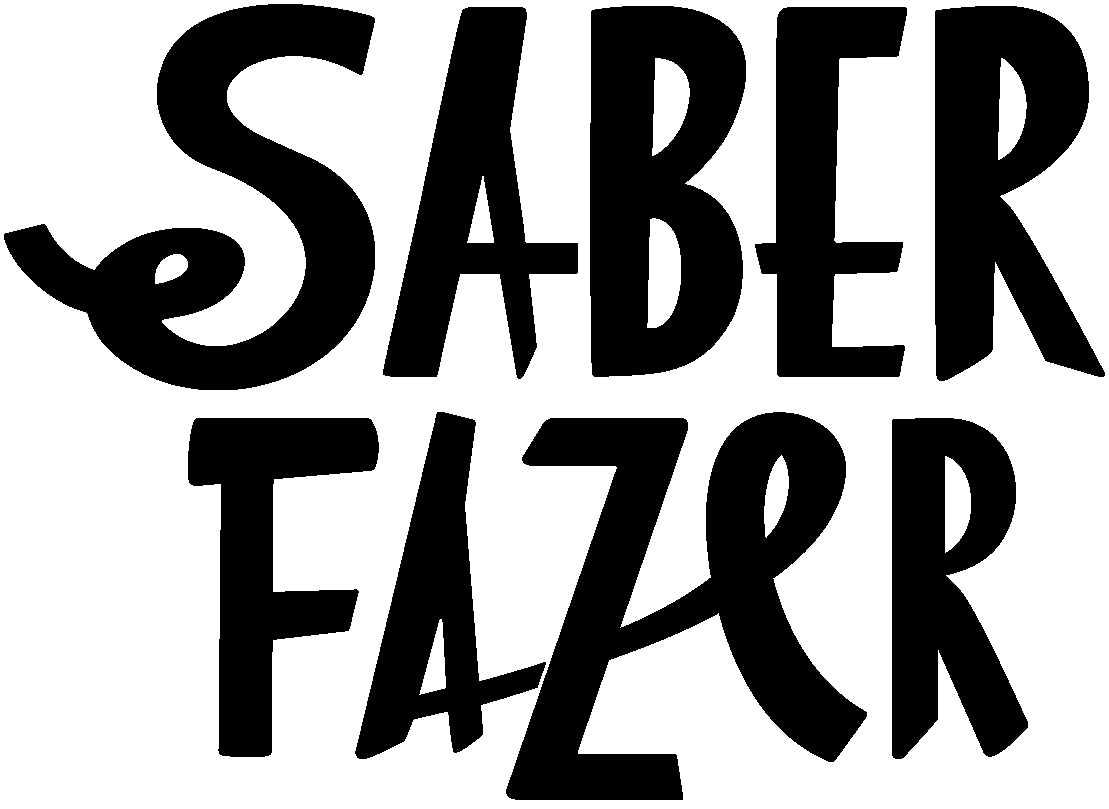Ampliação das instalações
As lagartas crescem e com elas também tem de crescer o número de tabuleiros em que as temos. De um tabuleiro passamos a cinco.
Convém que o número de lagartas por tabuleiro seja controlado e que elas estejam espalhadas o máximo possível. Não queremos que as camadas de folhas se acumulem, tanto por razões de higiene (para que não comecem a acamar e a criar humidade), como para que as lagartas tenham fácil acesso ao alimento fresco. Quando colocamos as folhas novas por cima, elas vão mover-se na sua direcção, mas é bom que as folhas não estejam demasiado longe, porque elas não percorrem grandes distâncias. Por isso o ideal é passarem directamente para a camada acima de onde se encontram.
O bicho-da-seda é um animal domesticado e foi desenvolvido ao longo de séculos não só para melhorar a produção de seda, mas para que a sua criação fosse muito facilitada. Isto quer dizer que, por uma questão de conveniência, o animal foi apurado para ser bastante dócil e pouco empreendedor. As lagartas do bicho da seda, nesta fase larvar (quando têm de encasular a história já é outra), não saem do local onde está o alimento, e também não se movem grandes distâncias em busca dele, daí que tenhamos de assegurar que o têm bem próximo.
Da mesma forma, as borboletas que nascem destas larvas foram desenvolvidas para não voarem e para terem um tempo de vida bastante curto naturalmente, durante o qual a única missão é a reprodução, já que nem aparelho bucal para se alimentar possuem.
Aqui há umas semanas atrás, encontrei o relato do Bryan, que vive no Japão e produz a sua própria seda há bastantes anos, acerca de como no meio das suas lagartas domesticadas deste ano encontrou umas selvagens, e descreve um pouco a diferença de comportamento:
"(...) The silkworms this time around are not all behaving as they should. I noticed a few kuwako, the wild silkworms that occasionally come in on the mulberry from the field.
Then I noticed a few more. They walk around and stand on their simpler brothers and sister's heads and behave in other cheeky ways. Climbing up the walls and running across leaves. (...)".
--
[29.04.2015 / Este post refere-se à investigação e actividades desenvolvidas no âmbito do programa Saber Fazer em Serralves ]




